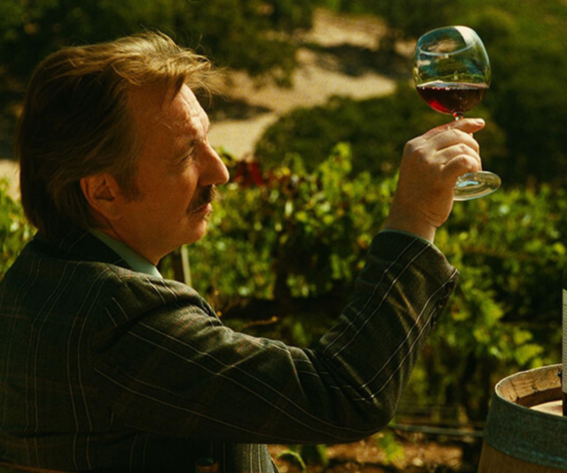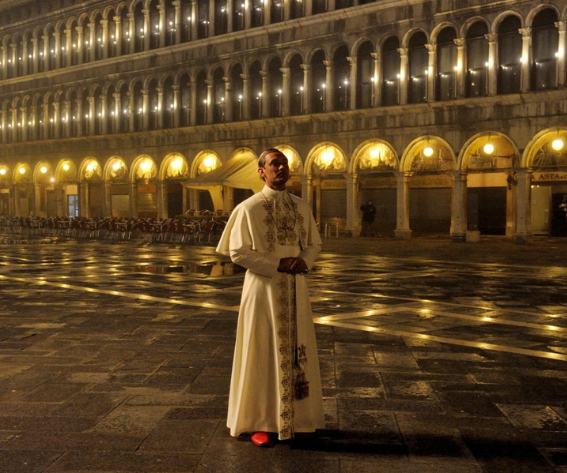Wine has long held a significant place in the world of cinema, serving as more than just a beverage. Its role in films extends across various genres, where it often carries symbolic meanings and contributes to the narrative and thematic depth of the story.
Wine as a Cinematic Symbol
In movies, wine often symbolizes luxury, romance, celebration, and sometimes decay. Each genre tends to highlight different aspects of its symbolism:
- Luxury and Opulence: In many films, particularly in the drama and crime genres, wine is used to depict wealth and luxury. For instance, in “The Godfather,” wine is frequently seen during family gatherings and business meetings, symbolizing both the wealth and cultural heritage of the Corleone family.
- Romance: Romantic films often use wine as a symbol of love and intimacy. A classic example is in “Casablanca,” where wine serves as a catalyst for the romantic tension between the main characters, enhancing the mood of their encounters.
- Celebration: In comedies and feel-good movies, wine often appears in scenes of celebration, symbolizing joy and camaraderie. For instance, in “Sideways,” the characters’ journey through wine country becomes a backdrop for celebrating friendship and life’s pleasures.
- Decay and Melancholy: In contrast, some films use wine to symbolize decay or melancholy. In “The Great Gatsby,” the excessive consumption of wine at lavish parties reflects the moral decay and emptiness of the upper class.
Through these examples, it is evident that wine’s role in cinema is multifaceted, often mirroring the complexities of human emotions and societal norms.
Iconic Wine Scenes in Film History
Cinema has gifted us with numerous memorable wine-related scenes, each with its own context and impact on the film’s narrative and the audience. Here are some iconic moments:
“The Silence of the Lambs” – Hannibal Lecter’s Chianti: Perhaps one of the most chilling wine references in film history occurs in “The Silence of the Lambs.” Hannibal Lecter’s infamous line about eating liver with “some fava beans and a nice Chianti” is both unsettling and pivotal in establishing his character’s menacing sophistication.
“Sideways” – Miles’ Refusal to Drink Merlot: In “Sideways,” Miles, a wine aficionado, famously exclaims, “If anyone orders Merlot, I’m leaving. I am NOT drinking any Merlot!” This scene not only defines Miles’ character but also had a real-world impact, reportedly affecting Merlot sales negatively.
“Casablanca” – Champagne Toast: In “Casablanca,” the champagne toast between Rick and Ilsa is iconic. “Here’s looking at you, kid,” Rick says, raising a glass. This scene epitomizes romantic longing and the complexities of past love, with the wine adding to the scene’s nostalgic elegance.
“James Bond” – Bollinger Champagne: Throughout the James Bond series, Bond’s preference for Bollinger Champagne, often seen in moments of celebration or seduction, has become iconic. It symbolizes sophistication and the high-stakes world Bond inhabits.
“The Godfather” – Wine at Family Gatherings: In “The Godfather,” wine is a constant presence at family gatherings, symbolizing both the Italian heritage of the Corleone family and the underlying tensions in their criminal empire.
“Bridget Jones’s Diary” – Bridget’s Solo Wine Drinking: Bridget Jones often finds solace in a glass of wine, notably in scenes where she’s alone in her apartment. This symbolizes her struggles with loneliness and her search for love and happiness.
“A Good Year” – Provence Vineyards: In “A Good Year,” the protagonist’s return to his uncle’s vineyard in Provence is marked by numerous scenes featuring wine, symbolizing a journey of self-discovery and a return to roots.
Each of these scenes has left an indelible mark on film history, showcasing how wine can be used to deepen the narrative, define characters, and create memorable cinematic moments.
The Influence of Wine-Centric Movies
Films that focus on wine and winemaking have had a significant influence on audience perceptions of wine culture, often inspiring a deeper appreciation and understanding of this ancient craft. Here’s a look at how some wine-centric movies have impacted viewers:
“Sideways” (2004)
This film is credited with not only popularizing wine tourism in California’s Santa Ynez Valley but also influencing wine preferences worldwide. The protagonist’s disdain for Merlot and passion for Pinot Noir reportedly led to a decrease in Merlot sales and a surge in the popularity of Pinot Noir. “Sideways” brought to light the intricacies of wine tasting and winemaking, making these subjects more accessible and interesting to a broad audience.
“Bottle Shock” (2008)
Centered on the historic 1976 wine competition termed the “Judgment of Paris,” where California wine defeated French wine, “Bottle Shock” celebrates the rise of California’s wine industry. This film helped in popularizing American wines and showcased the rigorous process of winemaking and wine tasting, influencing audiences to respect and recognize the quality of wines from regions other than the traditional European powerhouses.
“A Good Year” (2006)
Set in the picturesque vineyards of Provence, this film explores the life-altering journey of a man who inherits a vineyard. It showcases the beauty and romanticism of the winemaking process and life in wine country. The film has been instrumental in enhancing the appeal of rustic vineyard life and the charm of traditional winemaking practices.
“Somm” (2012)
This documentary delves into the challenging process of becoming a Master Sommelier, an elite group of wine professionals. “Somm” brought to the forefront the intense dedication, sensory skills, and depth of knowledge required in the world of wine. It significantly raised public awareness about the profession and led to a newfound respect for the expertise behind wine service and wine selection.
“Uncorked” (2020)
This film tells a contemporary story of a young man aspiring to become a master sommelier while struggling with family expectations. It brings a fresh perspective on the wine industry, highlighting the diversity and evolving nature of wine culture.
These films have collectively contributed to a broader public interest in wine. They have not only educated viewers about the nuances of wine and winemaking but also played a role in shaping wine trends and consumer preferences. By weaving compelling narratives around the theme of wine, these movies have deepened the cultural relevance and appreciation of wine in society.
Wine in Contemporary Cinema
Modern films continue to incorporate wine into their narratives, often mirroring contemporary societal attitudes towards wine. These portrayals reflect the evolving perceptions of wine as not just a luxury item but an accessible part of daily life, a symbol of sophistication, and a conduit for social and familial bonding.
Cultural Impact and Audience Reception
Audiences have generally responded positively to the portrayal of wine in movies, appreciating both its symbolic significance and its role in the storytelling. Films that focus on wine often inspire viewers to explore wine culture more deeply, leading to increased interest in wine tasting, wine cellars, and even amateur winemaking. These portrayals have also helped demystify wine, making it more approachable and less intimidating to the general public.
The cultural impact of wine in cinema is significant. Movies have helped to break down stereotypes associated with wine consumption, showcasing it as an inclusive and diverse part of many cultures. They have also highlighted the artistry and passion behind winemaking, fostering a deeper appreciation for the beverage.
Cheers!
The enduring relationship between wine and cinema is a testament to the timeless appeal of both. Wine in movies has transcended mere product placement to become a character in its own right, symbolizing a range of human emotions and societal themes. As we look to the future, it’s likely that wine stories in film will continue to evolve, reflecting changes in the wine industry and societal attitudes.
We can expect to see more diverse representations of wine culture, potentially focusing on sustainable winemaking, the growing natural wine movement, or the expanding global wine map.









Leave a reply